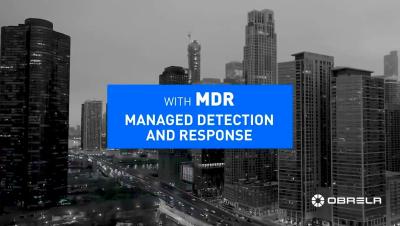What is a Third-Party Data Breach?
A data breach is an IT security incident where data is compromised or stolen from a system without the knowledge or authorization of its owner. But what happens when a third party is involved? Stolen data may include sensitive, proprietary, or confidential information such as credit card numbers, trade secrets, customer, or patient data. Third party breaches cost millions of dollars every year to companies of all sizes.








